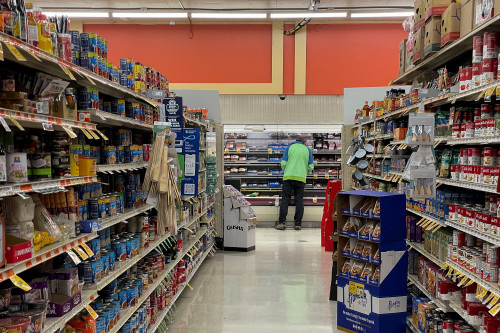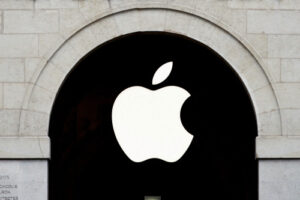(Reuters) -Federal government staffing shortages from Trump administration hiring freezes have forced the Labor Department’s economic statistics arm to curtail the breadth of its data collection for one of the main measures of U.S. inflation, the Wall Street Journal reported on Wednesday.
The newspaper said the Bureau of Labor Statistics beginning in April reduced the number of businesses at which it checks prices for the benchmark Consumer Price Index report, citing the hiring freeze that President Donald Trump imposed on January 20, his first day back in office.
“The CPI temporarily reduced the number of outlets and quotes it attempted to collect due to a staffing shortage in certain CPI cities,” beginning in April, a BLS email to private economists and shared with the Journal read. “These procedures will be kept in place until the hiring freeze is lifted, and additional staff can be hired and trained.”
The Labor Department and BLS did not immediately respond to requests for comment from Reuters.
CPI is among the most closely watched economic datasets published by the U.S. government, relied upon by economists, investors and policymakers for near-real-time estimates of the state of inflation. It provides a monthly snapshot of changes both to prices overall and among hundreds of separate products and services, ranging from eggs to eyeglasses and airline tickets to automobiles.
Indeed, some private economists worry the collection staff cutbacks are already hurting the quality of the data produced in the report. Concerns were raised by outside economists after the Trump administration disbanded BLS and Commerce Department advisory boards that had given the agencies advice on economic data collection and analysis.
“The federal government hiring freeze and the drive to cut funding across federal agencies may be starting to impact the quality of economic data,” Omair Sharif, the president of Inflation Insights, wrote earlier on Wednesday, citing changes in how the CPI for April was constructed and noting as well the decision by the BLS to stop producing hundreds of indexes on producer prices.
“These indicators shape interest rate and tax policy, and it’s not a stretch to say that they affect the lives of everyday folks. Degrading the quality of these statistics only worsens future economic outcomes,” Sharif wrote.
Headline inflation in April was reported to have cooled to 2.3% on an annual basis, the slowest rate of yearly increase in more than four years, according to the CPI report issued on May 13. The next report is due on June 11.
There is a heightened focus on inflation data due to Trump’s wide-ranging tariffs, which are import taxes that most economists believe will drive prices higher in the near term, at least temporarily.
(Reporting by Dan Burns and Ann Saphir; Editing by Andrea Ricci and Paul Simao)



